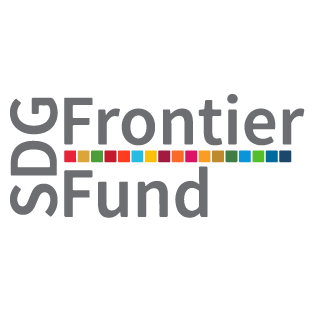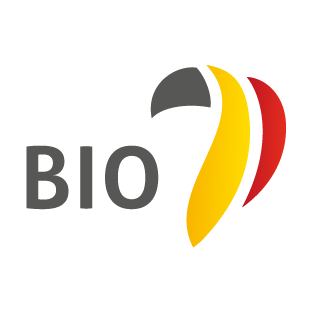Strategic Impact Framework
BIO’s new Strategic Impact Framework (SIF) is a structured and impact-driven approach for ensuring that BIO’s activities generate measurable and meaningful contributions to sustainable development. Rooted in BIO’s 2024-2028 Management Contract and integrated in its Theory of Change, the framework sets the foundations to ensure the alignment of BIO’s investment activities with UN Sustainable Development Goals (SDGs). The SIF builds on three core sustainability pillars: Economic, Social, and Environmental, which provide a comprehensive (although not exhaustive) strategic framework to approach impact management.
Theory of Change
The new Strategic Impact Framework is integrated in BIO’s updated Theory of Change (ToC). The main goal of the ToC is to help external stakeholders better understand BIO’s activities and how they contribute to the Sustainable Development Goals (SDGs). The 2024–2028 ToC incorporates the newly developed Strategic Impact Targets (SITs) into the definition of outputs — the direct, tangible results of BIO’s activities. These outputs are within BIO’s control, whereas outcomes and long-term impact fall more within its sphere of influence.
The ToC uses key performance metrics to capture BIO's contributions to the SDGs. Although the SDGs are not perfect and are sometimes difficult to quantify, they are the reference and guidance for BIO’s development mission because they represent the global agreement on what we all strive for in terms of a better world for all.
The ToC also serves as a guide to BIO's Development Assessment, Monitoring, and Evaluation (AME) framework.
Finally the new SIF is also aligned with the Operating Principles for Impact Management (OPIM). BIO is a signatory of OPIM and uses the framework to ensure that impact considerations are integrated throughout the investment lifecycle. The principles draw on emerging best practices from a range of asset managers, asset owners, asset allocators, and development finance institutions.
At the core of the framework lie the Strategic Impact Targets (SITs), which define BIO’s specific impact commitments across ten priority areas, associated with most striking development finance gaps. These SITs reflect BIO’s strategic priorities within the SDG agenda and are underpinned by three key transversal commitments: Decent Work, Gender Equality and Climate and ecological sustainability. These cross-cutting commitments ensure that all investments contribute not only to economic growth but also to broader sustainability and social equity goals. By embedding these commitments across investment decision-making processes, BIO reinforces its role as a Development Finance Institution dedicated to long-term, inclusive and sustainable economic development.

Over the course of 2024, BIO approved 22 projects for a total amount of EUR 217.3 M.
Every project was assessed regarding its contribution to the Strategic Impact Targets. BIO has made significant progress in the 5-years pathway to achieve the SITs, with a performance exceeding expectations at this first checkpoint. Most targets were met at the 2024 checkpoint, with the exception of SIT9 – Ecological Sustainability – and SIT10 – Business Development Support Fund (BDSF). Regarding SIT9, this reflects the relatively recent emergence of biodiversity and ecological sustainability as a priority topic in development finance. For the BDSF (SIT-10), limited results were expected in 2024 due to its ex-post nature — BDSF projects typically materialize later on in the investment lifecycle, rather than an ex-ante commitment at the time of approval. Projections indicate BIO is well-positioned to exceed its target, with 41% of the projects “very likely” to benefit from BDSF funding.
Overall, BIO succeeded in aligning its 2024 investments with its strategic impact priorities.
2024 investments approved – Targets and contributions to SIT based on total committed amount

Although there are still technical challenges, particularly in refining the methodology and criteria for eligibility, and while the development impact assessment tools need to be harmonised (upcoming in 2025), this first year of applied SIT framework (six months if considering the streamlining of contribution assessment) can be considered a success. This year has also provided valuable learning experiences, shedding light on key areas that require further attention as the second year of implementation begins.
Further details on the results, the implementation challenges and the limitations of the approach are available on BIO website.












